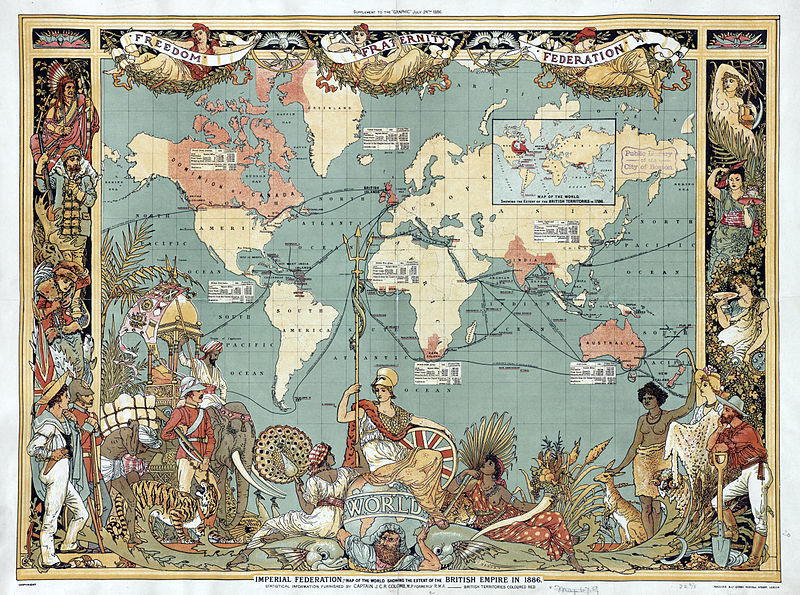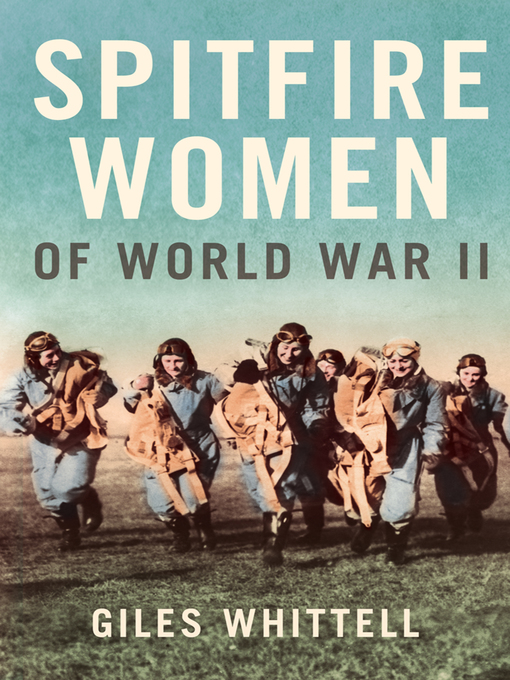This week in a corner of Bloomsbury, the sculpture of Noor Inayat Khan - a woman who was a pioneer in many ways, was unveiled by Princess Anne. Also known as "Nora Baker" or "Madeleine", Noor was a real Indian Princess but also a talented musician, writer, and linguist.
As the great-great-great granddaughter of Tipu Sultan, the Muslim ruler who heroically held back the East India Company, Khan told her army bosses that she might very well fight the British in India. But on 19th November 1940, she joined the Women's Auxiliary Air Force (WAAF), and as an Aircraft woman 2nd Class, she was sent to be trained as a wireless operator. She became an anti-imperialist who spied for the British Empire, and was the first female radio operator sent into Nazi-occupied France in 1942 by the Special Operations Executive (SOE), Churchill’s secret organisation that sought to “set Europe ablaze”. She was armed with only a false passport and a pistol. But in Paris she ran a spy ring; a role so deadly she was given 6 weeks max to survive. When the Gestapo did catch her, they tortured her for ten months, but she didn't reveal a single piece of information. She was classified as "highly dangerous" and shackled in chains. She was eventually killed in Dachau Concentration Camp, her last words before the gunshot were "Liberté", a notion the pacifist-turned-war-heroine held deeply. She was only 30 years old. Noor was posthumously awarded the George Cross by Britain and France awarded her the Croix de Guerre.
Following a campaign to install a permanent memorial in her honour in London, the Vice Chancellor of the University of London gave permission for the bust to be installed in Gordon Square, near the house where Noor lived and from where she left on her last mission, unable to tell her mother she might never return. Campaigners spent years raising £60,000 for Noor’s statue, by London-based artist Karen Newman. After the unveiling, a bugler played the Last Post before a minute's silence was observed.
Khan was one of the 2.5 million Indians who formed the single-biggest volunteer army in The Second World War, who all deserve commemoration. The memorial in Gordon Square will be the first for an Asian woman in this country, it will stand for peace and religious harmony, the principles Noor Inayat Khan believed in. This Remembrance Sunday, take your minutes to reflect on brave stories such as these that might never be known, the unsung heroes, and of course all those who have given their lives in conflict.
Thank you for reading,
Katie





















